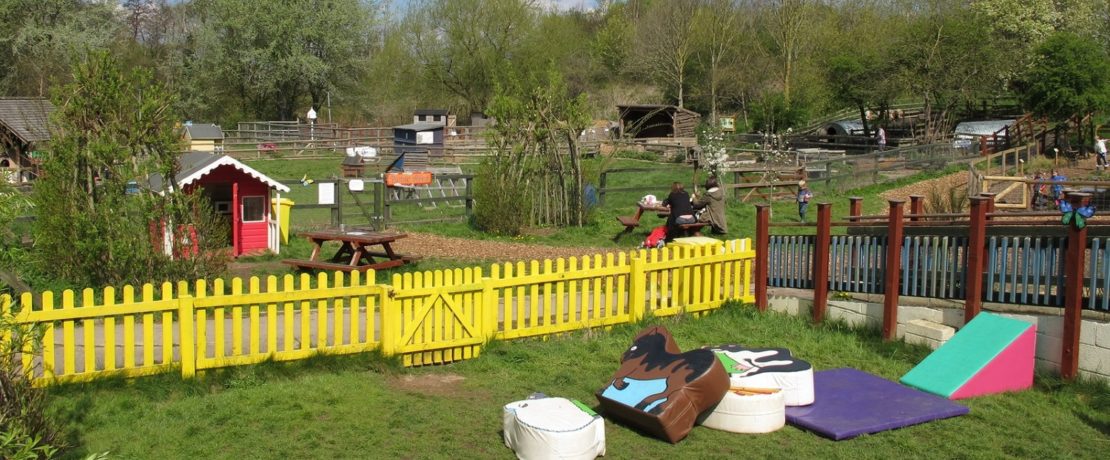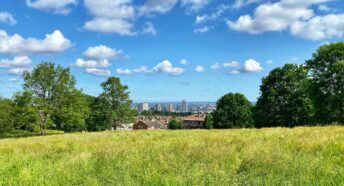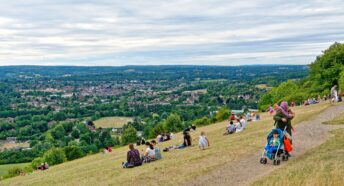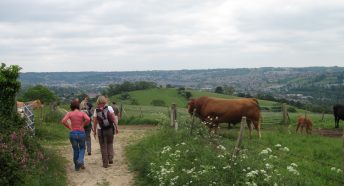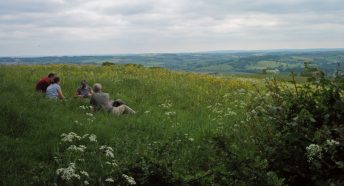Local Green Spaces: new research proves their value to people and nature
New CPRE research has found that a total of 6,515 Local Green Spaces have been designated in the decade since their introduction. Combined, they total 30,000 acres of protected green space – an area greater than the city of Manchester.
The majority of these spaces are not open countryside, but the small, undeveloped patches that provide millions of appreciative people with a daily dose of nature. That’s why CPRE has conducted the first ever study of the impact of the Local Green Space designation, which allows local people to protect places of special value to the community.
Our analysis estimates that over 80% of Local Green Spaces have been designated partly for their recreational value – highlighting their importance for people seeking the outdoor exercise that is so vital to our health and wellbeing. Meanwhile, the richness of their wildlife was a factor in over a third of designations, suggesting that Local Green Spaces can play a major role in reviving the UK’s biodiversity.
Powers for local people
The Local Green Space policy was introduced in the National Planning Policy Framework (NPPF) of 2012, after CPRE had campaigned for more powers for local people and protection for green spaces with ‘intrinsic character’. The policy gives communities the chance to apply for a Local Green Space designation affording the same level of protection as Green Belt status. Spaces valued on account of ‘a particular local significance’ are deemed suitable, as long as they are close to where people live and not ‘extensive tracts of land’.
The Local Green Space designation has become a cornerstone of local democracy and is unique in protecting land according to its importance to the community. Yet, our new analysis – the first to explore how and where Local Green Spaces have been created – has revealed that there is considerable scope for greater take-up.
The north of England, for instance, has half as many designated Local Green Spaces as the south, and third of those found in the midlands. And while it’s promising that 38 of the 100 urban councils with the most nature-deprived neighbourhoods have at least one designated Local Green Space, it’s a travesty that the other 62 are not taking advantage of the opportunity to protect their precious green oases.
Levelling up access to nature
Across the country, so many places that have real meaning for people, and real value for nature, remain undesignated and vulnerable to development. So we’re calling on government and local authorities to step up their support for Local Green Spaces and really promote this policy – which could also be a valuable tool for engaging people with the wider planning system.
CPRE chief executive Crispin Truman has set out an ambitious target for every neighbourhood to have a protected place for community wellbeing, saying: ‘It should be a national priority to protect our local green spaces so that everybody, no matter where they live, has access to the benefits of nature.’
We believe that bridging this ‘green space gap’ should be a matter of urgency for any government that cares about people, climate and the environment. Indeed, our report argues that broadening the use of the Local Green Space designation should be seen as a critical part of the government’s levelling up agenda.
Protecting what matters
One way that this can be achieved is by expanding the criteria for designating a Local Green Space. Firstly, it should be made much clearer that the examples of ‘local significance’ cited in the NPPF – relating to beauty, tranquillity, wildlife, history or recreation – do not constitute either a binding or an exhaustive list. After all, local people are best placed to decide what is important to their area.
Our report features a number of case studies where communities were not deterred when the attributes they sought to protect did not exactly match the list. These included space for food growing and education at Lawrence Weston Community Farm near Bristol; or an outdoor meeting place in an urban environment – like the patch of grass with benches opposite the chip shop on The Ridgeway road in Blackrod, near Bolton. To avoid the risk of other communities giving up before they even get started, the guidance should give a much wider range of examples – including real life case studies.
Our report also calls for the retention and reinforcement of neighbourhood planning, particularly in the north of England and in urban areas. With our new research showing that Neighbourhood Plans have been the basis of 83% of Local Green Space designations, it is crucial that all communities are encouraged to create their own plans, and given the funding and support needed to complete that process.
Planning for people and planet
Furthermore, with climate conscious communities increasingly mindful of the role green space can play in reducing flooding (such as Peacock Meadow in Plympton, Devon and the Lea Brook Valley in Dronfield, Derbyshire), the NPPF must specify that climate adaptation and mitigation can be a reason for designation.
Finally, we want to see compulsory standards for access to nature introduced into planning law and policy. This would help facilitate targeted support for Local Green Spaces and other initiatives to ensure human health, wellbeing and equality is embedded in the planning system.
With the right support, Local Green Spaces can give thousands more communities the confidence to protect and enhance their little piece of England – instilling pride, increasing wellbeing and helping nature.
Help us promote Local Green Spaces
We’ve had considerable recent success in persuading the government to uphold the planning principles of local democracy and community involvement. But becoming a CPRE member from as little as £5 a month, or giving a regular or one-off donation, will help us to push for the promotion of the Local Green Spaces that can bring nature closer to everyone, and protect it for future generations.
